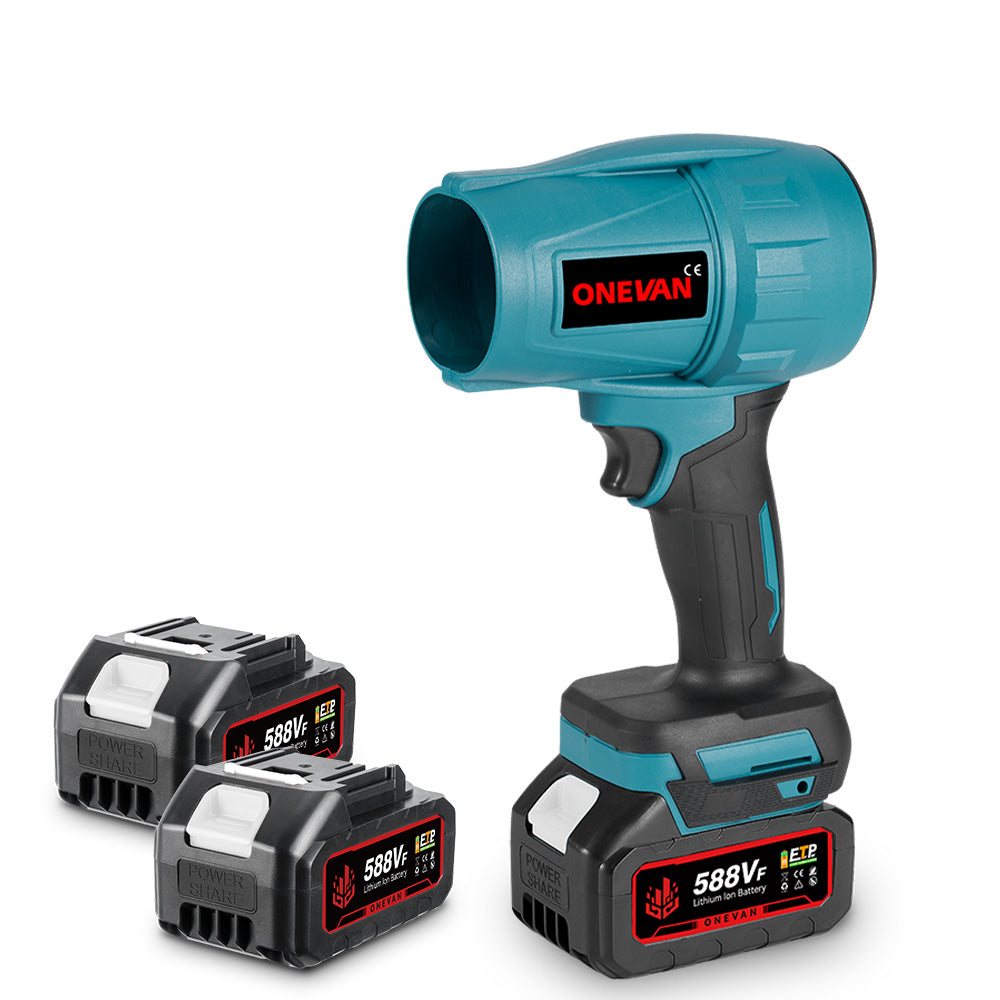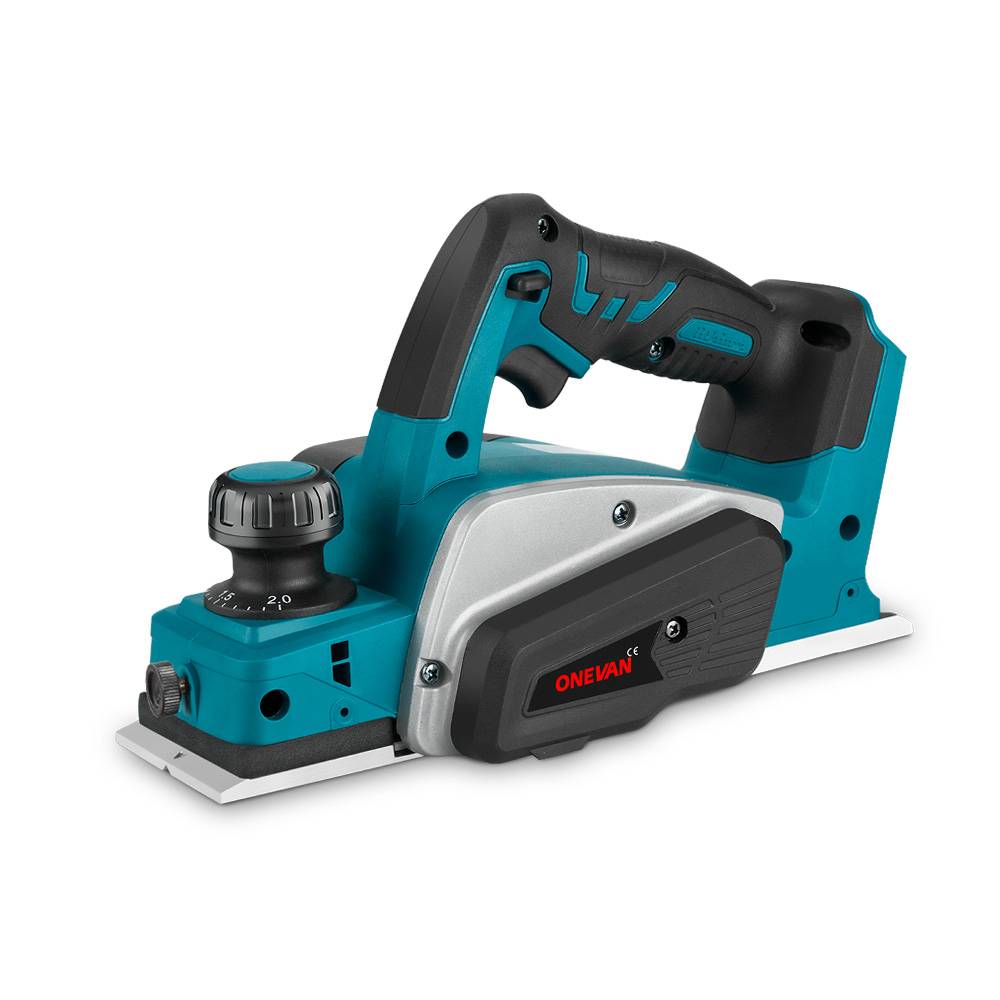1. Introduction
Managing trees, shrubs, and other plants presents several ongoing challenges related to their health and structure. However, excessive foliage can be detrimental to plants by weakening their structural integrity and stability, which compromises their overall health and physiological vigor. Successful tree crown management often requires the use of ladders, climbing ropes, or specialized horticultural tools, each of which introduces a range of risks. While modern equipment—such as wireless optics and ergonomic cutting implements—introduces new considerations, it can enhance safety when used with the appropriate protocols, thereby demanding rigorous adherence to safety protocols.
Using a pole saw can be exceptionally advantageous in such situations. A pole saw is a device that features either a saw or a chainsaw at one end and a long pole at the other, allowing the user to sever branches while standing on the ground. Advances in technology have enabled the development of highly efficient, ergonomic, and easily accessible pole saws in various types, including manual, corded, cordless, and gas-powered, that cater to a range of cutting needs and preferences.
The purpose of this article is to serve as a complete, comprehensive guide to pole saws. We will define the pole saw, outline its functions and types, discuss its applications, and highlight the advantages of pole saws. Additionally, we will provide some strategies to help users select the right pole saw. Many pole saws, such as the ONEVAN model, demonstrate qualities like portability, wireless operation, and efficient design, enabling them to perform extensive cuts effectively. What's better than using ONEVAN Mini Cordless Pole Chainsaw to make your cutting game better?
Keep reading to know what the best pole saw is and what a pole saw does.
Fundamentally, a pole saw combines the essential functionalities of a standard pruning saw and a motorized chainsaw, resulting in a tool specifically designed for managing high branches. It marries the force of a chainsaw drive assembly with the leverage conferred by a telescoping pole, thereby delivering the capability to sever small-diameter limbs. This allows the operator to remain safely on solid ground while performing cuts. The contrivance thereby displaces the venerable combination of ladder, handsaw, and climbing expertise, neutralising the falling hazards innate to elevated pruning.
Commercial models typically consist of lightweight yet sturdy aluminum or fiberglass structures, a detachable or inline saw head that adopts either a reciprocating mechanism or a small chainsaw with a drive bar and cover, and an electric, gasoline, or battery-powered propulsion system. Together, these components provide ergonomic features that minimize vibration, distribute weight evenly, and reduce noise, enhancing user comfort during operation and making the chore of arboreal housekeeping accessible to commercial pruning personnel and landscape maintenance technicians who are unwilling to undertake the expense and logistics of a professional crew.
What Exactly is a Pole Saw?
A pole saw is a specialized tool designed for tree pruning, allowing operators to extend their reach and safely sever small- to medium-diameter limbs from the ground. Common specifications include:
Cutting Head: A dominant configuration features a chainsaw-type guide bar and a moving chain, although less mechanized variants may incorporate a rigid, serrated, curved blade for hand operation.
Extension Arm: A cylindrical boom, either of rigid section or segmented telescoping design, varies standard operational lengths between approximately 1.8 and 4.5 meters.
Propulsion or Actuation: Technology options range from straightforward mechanical lever-actuated teeth to flexible corded electric motors for sustained energy, through compact rechargeable lithium-ion packs, and culminating in high-torque two-stroke or four-stroke internal-combustion units for heavy-duty applications.
How Does a Pole Saw Work?
Each type of pole saw operates under distinct principles based on its classification, which are explained below:
Manual Pole Saws: Manual models function analogously to traditional saws; effective saw motion derives entirely from the operator, who swings a pole-mounted blade through the branch.
Corded Electric Pole Saws: This class of pole saws derives power from an alternating current outlet, energizing a high-speed rotary chain mounted along a rigid guide rail. The chain, revolving at a continuous elevated ratio, cleaves the target substrate through controlled linear motion.
Cordless Pole Saws: Within this category, power originates from lightweight, rechargeable lithium-ion battery modules, yielding a completely mobile operational zone that extends beyond the limitations of fixed cabling, thus enhancing user agility and minimizing slip hazards in elevated use cases.
Gas Pole Saws: These saws, powered by two- or four-cycle internal combustion engines, typically offer high torque, but they can be heavy and require regular maintenance, making them more suitable for larger, continuous tasks.
Modern powered pole saws typically include features such as a self-lubricating chain oiler and a molded handle designed to minimize operator fatigue, as well as multiple safety features, including a chain brake that activates upon sudden chain movement and a trigger that must be simultaneously depressed to power the saw. The ONEVAN 8-inch Cordless 2-in-1 Brushless Chainsaw is representative; its pole extends to reach high branch systems, while the saw can also be detached for use as a handheld pole saw, thereby serving both elevated and ground-level cutting duties efficiently.
2. Types of Pole Saws
The duration of the task, the frequency of use, and the user's stated preferences.
Manual Pole Saws
Manual pole saws epitomise simplicity, producing no noise and incurring no operating costs. These implements often consist of a pole that is lighter compared to powered versions, typically ending in either a saw blade or a pruning saw.
Optimal Applications: Light pruning, the removal of slender branches, and the needs of ecologically minded gardeners.
Advantages: Low purchase cost, negligible weight, independence from fuel or electricity, and effective obsolescence of conventional maintenance.
Disadvantages: Requires sustained physical exertion and prolonged duration when the task volume is large.
These tools are popular among gardeners who need to prune occasionally and prefer manual or non-powered implements for smaller tasks.
Corded Pole Saws
Corded pole saws derive energy from a standard household outlet, delivering constant power while anchored by a flexible cord.
Optimal Applications: Residential lawns of modest or medium dimensions.
Advantages: Persistent power, minimal weight, immediate operational readiness, and limited service.
Disadvantages: Range constrained by cord length, a propensity for cord entanglement, and dependence on proximity to an outlet.
These saws efficiently accommodate predictable maintenance in the typical landscape, but the model becomes less feasible for estates of a notable area.
Cordless Pole Saws
Cordless pole saws utilize rechargeable batteries, providing cordless mobility while delivering substantial cutting power.
Optimal Applications: Medium plots, recurring tasks, and gardeners who prioritise mobility.
Advantages: High portability, less noise than gasoline alternatives, and contemporary power packs that frequently deliver extended operating durations.
Disadvantages: Runtime is limited by the accumulated energy in the battery, and tasks of broader scope may require an additional battery supply.
Cordless pole saws, such as the ONEVAN 8-inch Telescoping Pole Brushless Cordless Chainsaw, are popular modern options that provide flexibility and ease of use for various pruning tasks. Its incorporation of brushless motor technology results in heightened mechanical efficiency and extended service life. Furthermore, the apparatus diminishes operator fatigue through a meticulously engineered ergonomic configuration.
Gas-Powered Pole Saws
Gas-powered pole saws remain the most forceful category, custom-engineered for sustained, intensive use.
Optimal Contexts: Commercial landscapers, operators of expansive rural properties, and teams engaged in post-storm recovery.
Advantages: Accommodates thick, compacted material, delivers extended operating intervals, and sustains pre-eminent cutting force.
Drawbacks: Often cumbersome, generates significant noise, demands routine fueling and servicing, and emits combustion by-products.
Such units are ideally suited for large-scale assignments where maximum cutting capability is indispensable.
3. The Uses and Applications of Pole Saws
Pole saws constitute adaptable implements serving a diverse range of useful functions across horticultural and construction contexts:
Tree Pruning
Effective tree management relies upon pruning practices that alleviate overcrowding, excise diseased structures, and remove mechanically compromised branches. A pole saw permits such remedial actions without the added risk and logistical difficulty of climbing.
Branch Trimming
Limbs regularly encroaching on rooftops, fences, or overhead utility lines can be precisely severed, protecting both built environments and infrastructure alike.
Removing Dead or Diseased Wood
Surgical excision of compromised branches terminates the mechanical vector by which rot and insect infestations might traverse healthy tissues.
Landscape Maintenance
Continual attention using a pole saw sharpens the silhouette of arboreal and shrubby elements, visibly enhancing the overall aesthetic and therefore the appraised market price of developed properties.
DIY and Home Repairs
Pole saws can be used to fabricate structural elements, such as pergolas, fencing, or ornamental garden frameworks.
Emergency Response to Storm Damage
Such saws remain indispensable when storm fronts undermine branch integrity, leaving broken or haphazard segments. For emergency interventions, battery-operated variants such as the ONEVAN cordless pole saw offer the agility and absence of trailing cords essential for expeditious risk abatement.
4. Benefits of Using Pole Saws
Economically and operationally, pole saws render significant advantages:
Safety–The reduced requirement for ladders directly reduces the likelihood of falls.
Efficiency– Matching the velocity of powered teeth, saws outperform hand-operated implements and manual loppers alike.
Versatility– Several models can be configured without a pole to become handheld chainsaws or may be outfitted with various accessory heads.
Expansibility– Overlapping telescoping booms, each capable of extending beyond fifteen feet, afford operators a functional radius well beyond the average human arm, thereby enabling simultaneous surveillance of broad zones from fixed or mobile platforms.
Computational Economy– A consolidated analytics core couples real-time mission optimisation with hydraulic actuation, effecting a dramatic decrease in manual monitoring frequencies. The ensuing labor displacement yields a compelling reduction in unit cost over the equipment's effective lifespan, empowering mission-critical labor to pivot from routine custodianship to designing next-generation systemic solutions.
Ergonomic Engineering– The frontal grip zones utilize SofTec-03 biomimetics, providing a tailored interface that aligns with human radial stress vectors. Ultra-thin carbon-aramid composites and integrated magnesium-allow ribs render the assembly hyper-reinforced yet comparably inert. At the same time, nanostructured olio-film circuits feed a low-viscosity polymer to prolong operational sovereignty beyond traditional tin-oxide greasing.
5. How to Choose the Right Pole Saw
Selecting an appropriate pole saw requires consideration of operational demand, parcel configuration, and economic feasibility.
Power Source
- Manual: Quiet, uncomplicated, and ideal for minor pruning.
- Corded: Unlimited runtime, restricted radius.
- Cordless: Highly manoeuvrable and suitable for the majority of household tasks.
- Gas-Powered: Engineered for heavy-duty use, optimised for professional operators.
Length of the Pole
- Adjustable Poles: afford adaptability for a range of elevations.
- Fixed Length: More rigid, lighter, and stable for tasks requiring limited reach.
Weight
While heavier units may offer greater capacity, prolonged use escalates operator fatigue. Seek an equilibrium between durability and ease.
Bar Length
Ranges from six to ten inches. Shorter bars afford superior manageability; longer bars accommodate the felling of larger limbs.
Features and Accessories
- Self-oiling mechanisms minimise upkeep.
- Ergonomically designed grips promote operator comfort.
- Chain brakes and automatic kill switches fortify user safety.
- Designs requiring rapid assembly facilitate storage.
Budget
Economically priced options may lack advanced features; however, mid-tier cordless units, such as the ONEVAN cordless pole saw, can offer a great balance of performance and cost-effectiveness.
6. Conclusion
Contemporary pole saws have transformed the practice of arboricultural maintenance, shifting what was once a dangerous, physically taxing chore into an operation characterised by elevated safety, pronounced efficiency, and wide user accessibility. Pruning, crown thinning, or applying remedial cuts to storm-damaged canopies now warrant the deployment of a tailored pole saw solution. Now you must be clear about what pole saws are used for and what you use a pole saw for.
Saws of this genre exhibit a broad continuum, ranging from practical manual blades to high-capacity, fuel-driven models. An intermediate and rapidly expanding category consists of battery power tools; the cordless ONEVAN pole saw serves as a salient representative, fusing high portability, reliable cut speed, and integrated digital support systems. Employing such devices permits the conscientious homeowner to aesthetically and ecologically restore their landscape surroundings, while concurrently mitigating personal injury exposures and reducing the duration of work-related interruptions.
7. FAQs
Can I use a pole saw for cutting down small trees?
Yes, they do work well for branches. However, the standard chainsaw is better, safer, and more efficient in operation.
Are electric pole saws as powerful as gas-powered models?
Electric models are ideal for most household jobs; however, the gas model leads the way in raw power for tackling thick woods.
What is the best way to sharpen a pole saw blade?
By using the sharpening kit, you can easily sharpen the Chainsaw-style pole saws.
How do I know when to replace my pole saw?
When you suspect that your motor is losing its strength, the best option is to replace it immediately, as the chain cannot remain sharp.
Can I use a pole saw for cutting firewood?
Yes, pole saws can cut branches and smaller logs into manageable pieces for firewood. However, for larger logs, a chainsaw is more efficient.
How tall can a pole saw reach?
Most extend between 10 and 15 feet, allowing users to cut branches up to 20 feet high, depending on their height and reach.
Is a brushless motor better in cordless pole saws?
Yes, brushless motors, such as those in the ONEVAN cordless pole saw, offer greater efficiency, a longer lifespan, and quieter operation compared to brushed motors.
Tags
what is a pole saw, pole saw uses, best pole saw, cordless pole saw, ONEVAN cordless pole saw, types of pole saws, gas powered pole saw, cordless vs corded pole saw, pole saw benefits, how to choose a pole saw









